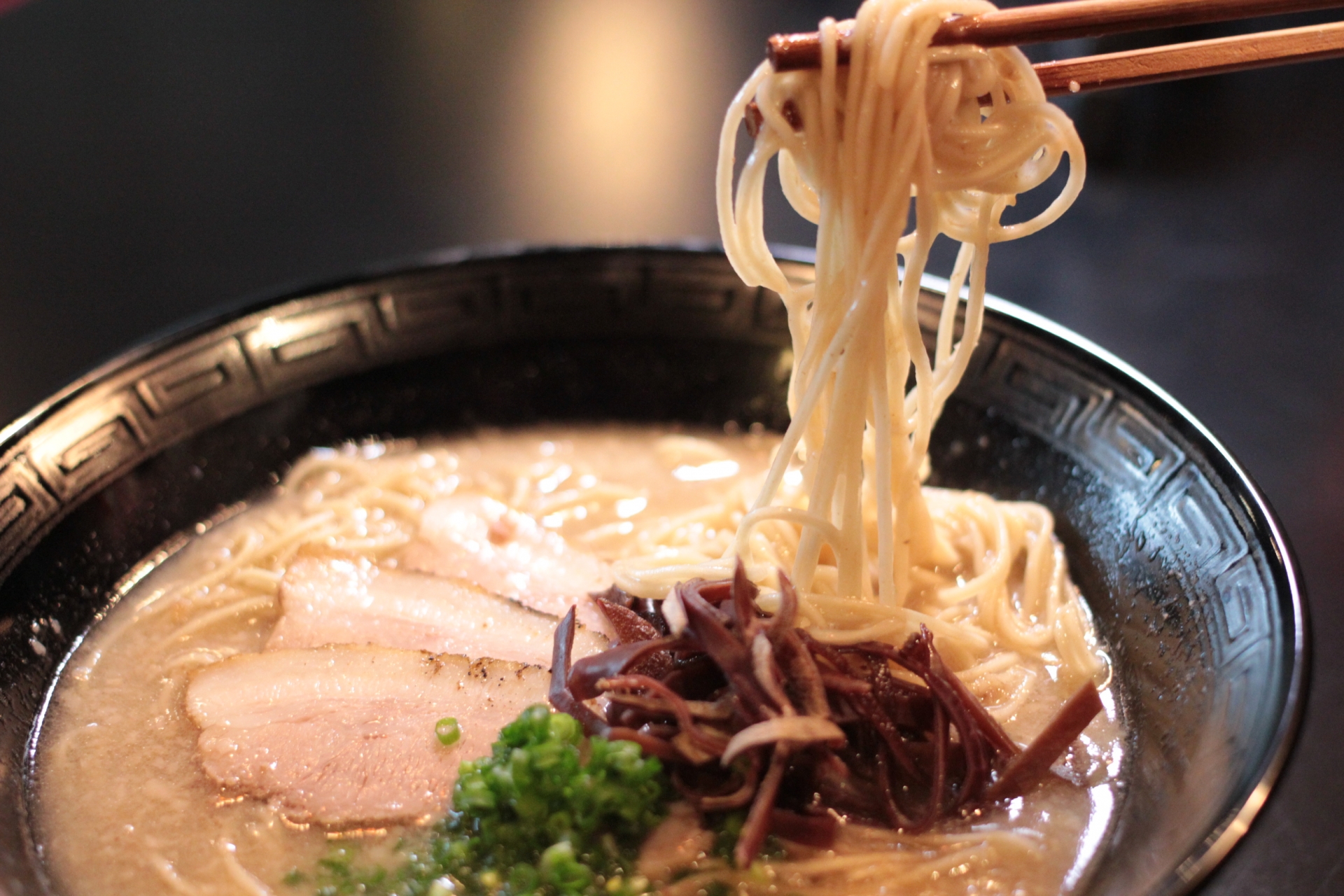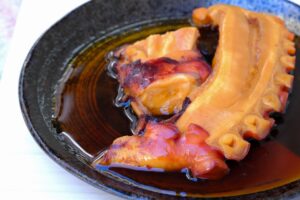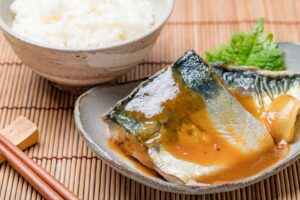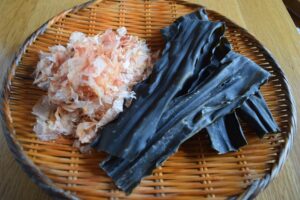Hakata-style ramen is one of Japan’s most beloved ramen varieties, known for its rich tonkotsu broth and thin noodles. In this guide, we’ll explore its fascinating history, how to make it at home, and where to find the best bowls around the world.
What is Hakata-style Ramen?
Hakata-style ramen is a distinctive type of ramen originating from Fukuoka, a city on Japan’s Kyushu island. Known for its rich, creamy tonkotsu broth made from simmering pork bones for hours, this ramen has a deep, savory flavor that sets it apart from other varieties. The noodles are thin, firm, and straight, offering a satisfying contrast to the rich broth. Typical toppings include chashu (braised pork belly), pickled ginger, and sesame seeds. Unlike miso or shoyu ramen, Hakata-style ramen emphasizes the broth’s richness, and the noodles are typically served extra firm to soak in the broth without becoming soggy.

Key Ingredients in Hakata Ramen
The signature element of Hakata ramen is its creamy tonkotsu broth, made by boiling pork bones for hours, extracting collagen and marrow to create a hearty, milky consistency. Alongside the broth, the thin and firm noodles are crucial, ensuring that the noodles remain chewy even when immersed in the rich soup. Popular toppings like chashu pork, soft-boiled eggs, and pickled ginger enhance the flavor profile. Ingredients such as mayu (black garlic oil) can add a punch of umami, making the dish even more robust.
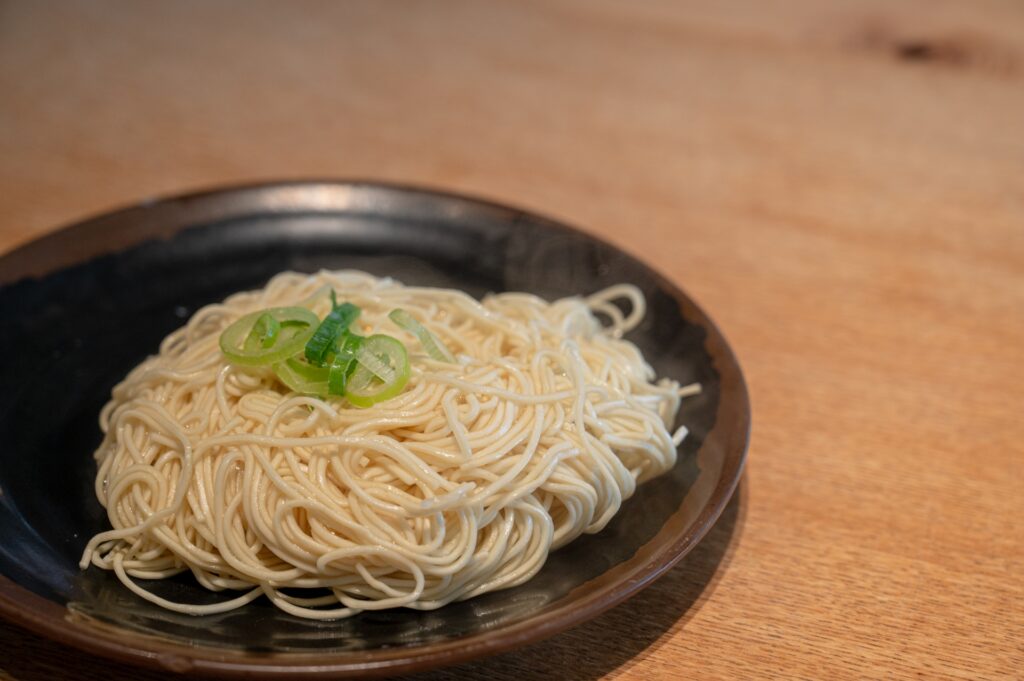
One unique aspect of the Hakata ramen experience is the kaedama system, where diners can order extra noodles after finishing their first serving. Since the thin noodles are eaten quickly, kaedama allows for more noodles to be enjoyed without needing a new bowl, letting diners fully savor the rich broth. Home cooks can recreate this experience by preparing additional noodles on the side.
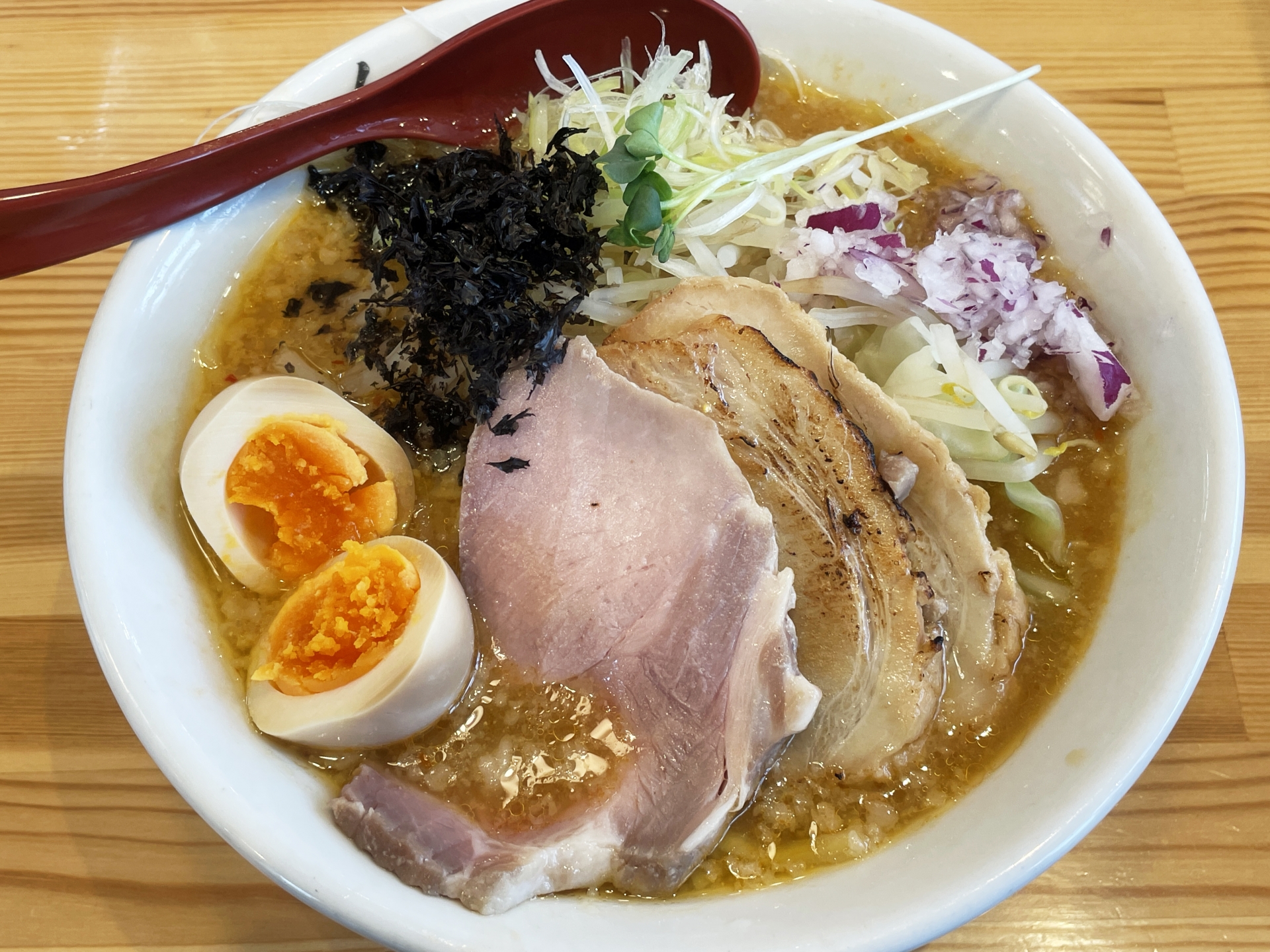
Differences Between Hakata Ramen and Other Regional Varieties
Hakata ramen stands out compared to other popular ramen styles like Sapporo miso ramen and Tokyo shoyu ramen. While Sapporo miso ramen features a rich, slightly sweet miso-based broth and thick, curly noodles, Hakata ramen’s tonkotsu broth is more savory and the noodles are thin and straight. Tokyo shoyu ramen uses a soy-based broth, offering a lighter and clearer soup, whereas Hakata ramen’s broth is rich, creamy, and has a deeper flavor due to the pork bone preparation.
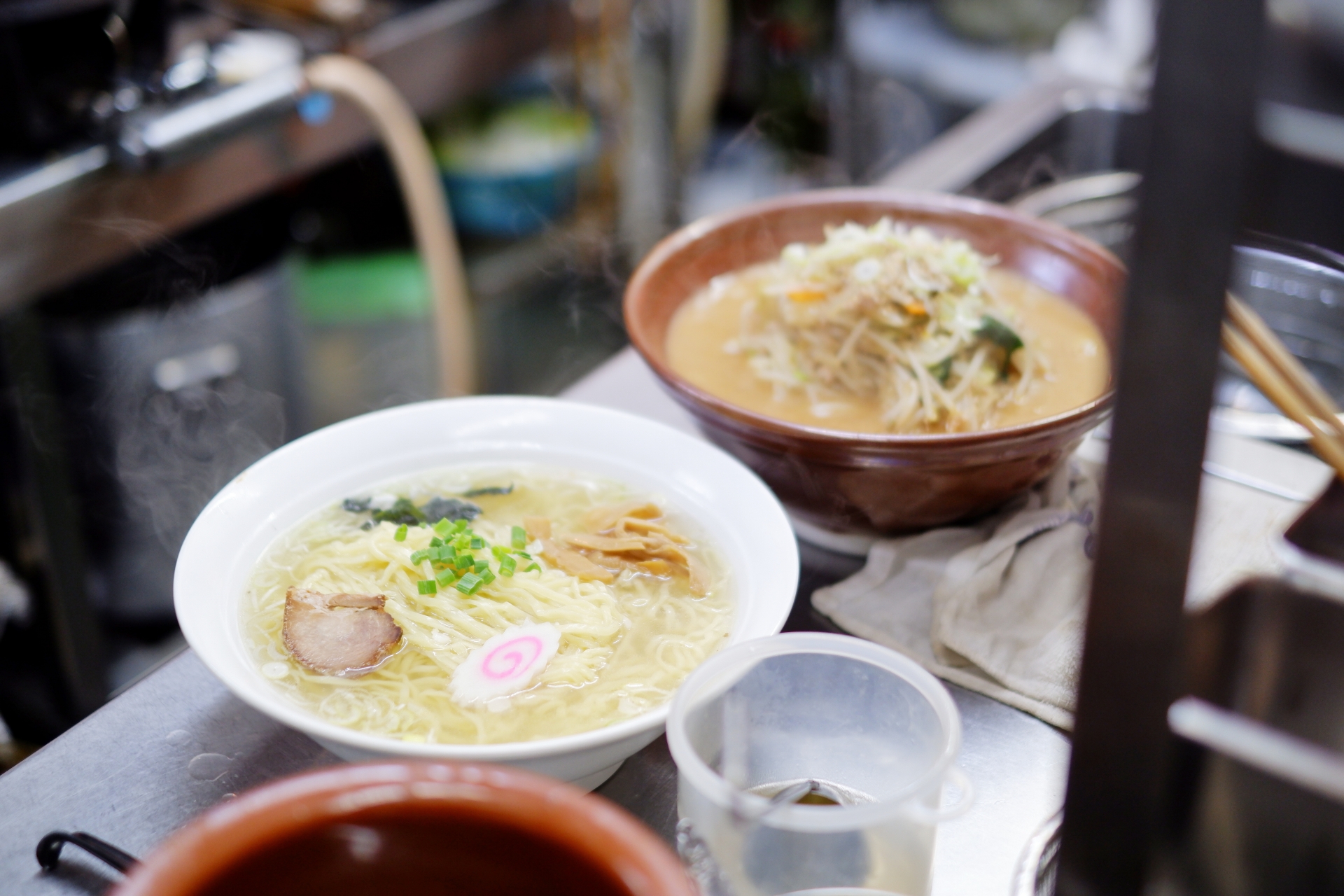
The History and Evolution of Hakata Ramen
Hakata-style ramen traces its origins back to the food stalls of Fukuoka in the 1940s. It was originally a simple dish served to fishermen and laborers looking for a quick and affordable meal. Over the decades, it evolved into a culinary icon, with specialized techniques to perfect its creamy broth and firm noodles. Today, Hakata ramen is celebrated not only in Japan but also internationally, symbolizing the dynamic nature of Japanese cuisine.
Cultural Significance of Hakata Ramen
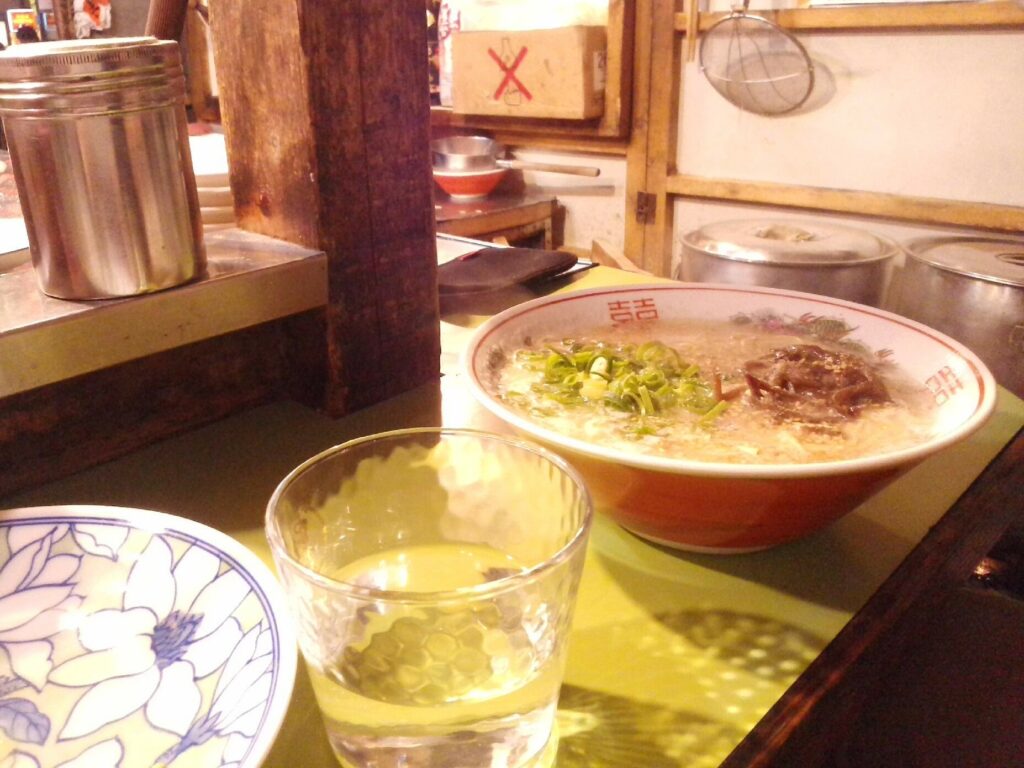
Hakata ramen has become a cultural symbol of Fukuoka. The city’s ramen stalls, or yatai, are iconic, serving as gathering spots for locals and tourists alike. Eating Hakata ramen is an experience that connects people with the heart of Fukuoka’s food culture. It has also influenced the development of other regional ramen styles in Kyushu, making it a representative dish of southern Japan’s culinary identity.
Global Expansion of Hakata Ramen
The global rise of Hakata-style ramen began in the 1990s with ramen chains like Ichiran and Ippudo, which opened branches across Japan and then internationally. Today, you can find Hakata ramen shops in cities like New York, London, and Los Angeles, offering authentic tonkotsu broth while adjusting flavors to suit local tastes. Despite being far from its Fukuoka roots, these restaurants maintain the soul of Hakata ramen, serving up bowls that stay true to the dish’s history.
How to Make Hakata Ramen at Home
Making Hakata-style ramen at home may seem daunting, but with the right ingredients and techniques, you can replicate its authentic taste. The key lies in the broth, which is made by boiling pork bones for several hours to release their collagen, giving the broth its signature creamy texture. Pair the broth with thin, straight noodles and top it with chashu pork, green onions, and pickled ginger for a restaurant-quality experience.
Step-by-Step Recipe for Hakata Ramen
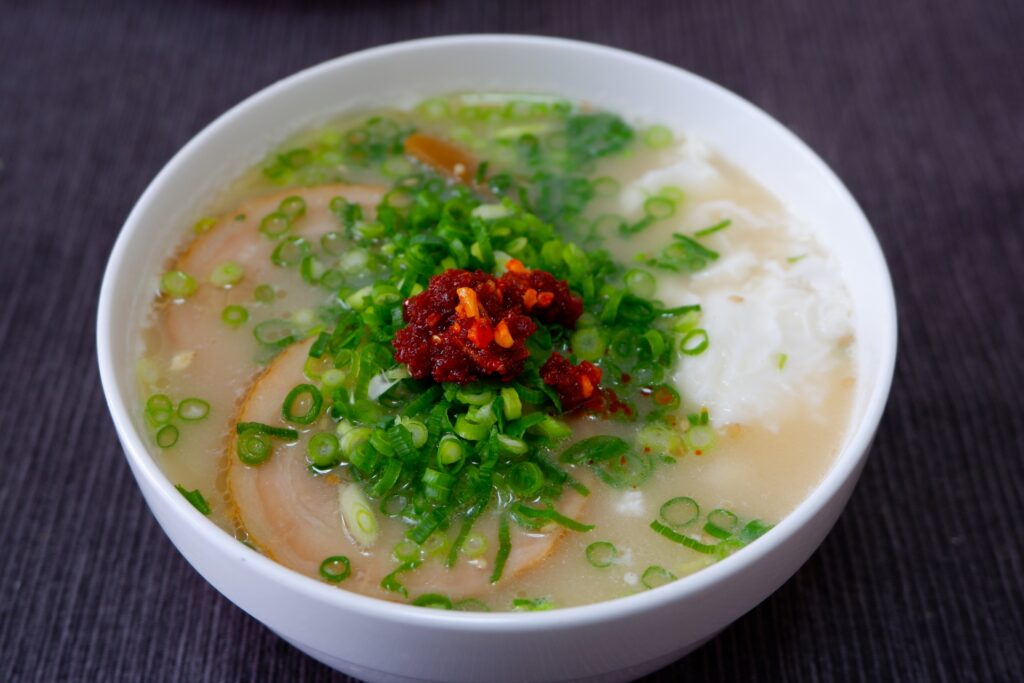
To create the perfect bowl of Hakata ramen, begin by preparing the tonkotsu broth. Boil pork bones for 10-12 hours, skimming off impurities to ensure a clean, creamy broth. While the broth simmers, prepare the noodles by boiling them for 2-3 minutes, ensuring they remain firm. Assemble the ramen by placing the noodles in a bowl, ladling the rich broth over them, and topping with chashu, soft-boiled eggs, and mayu for an extra umami kick.
Pro Tips for Achieving the Perfect Tonkotsu Broth
The secret to achieving the ideal tonkotsu broth lies in patience. Boil the pork bones long enough for the collagen to break down, which gives the broth its creamy texture. For extra depth of flavor, roast the bones before boiling. Skimming off impurities during the cooking process is essential to avoid a greasy finish. Adding garlic, ginger, and onions to the broth will enhance its complexity.
Where to Find the Best Hakata Ramen
While Fukuoka remains the best place to experience authentic Hakata ramen, many outstanding restaurants across Japan and around the world offer this style. Whether you prefer well-known chains like Ichiran or hidden gems, finding a great bowl of Hakata ramen is easier than ever.
Best Hakata Ramen Shops in Japan
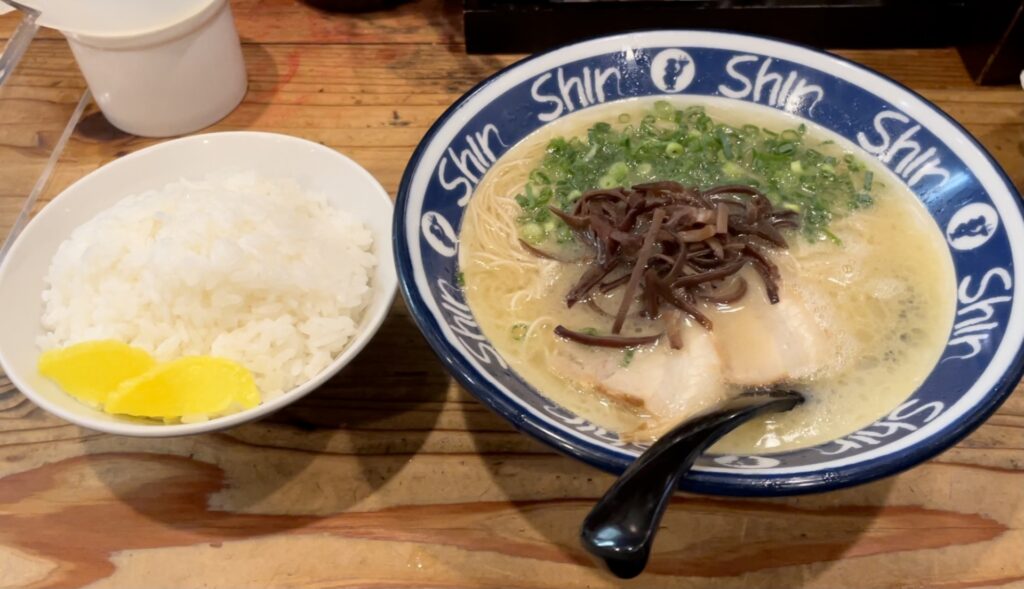
In Fukuoka, famous ramen shops like Shin-Shin and Hakata Daruma are must-visits. Each shop has its own twist on the classic recipe, whether it’s the richness of the broth or the type of toppings used. For ramen enthusiasts, these shops offer an authentic experience of Fukuoka’s culinary pride.
Best Hakata Ramen Outside of Japan
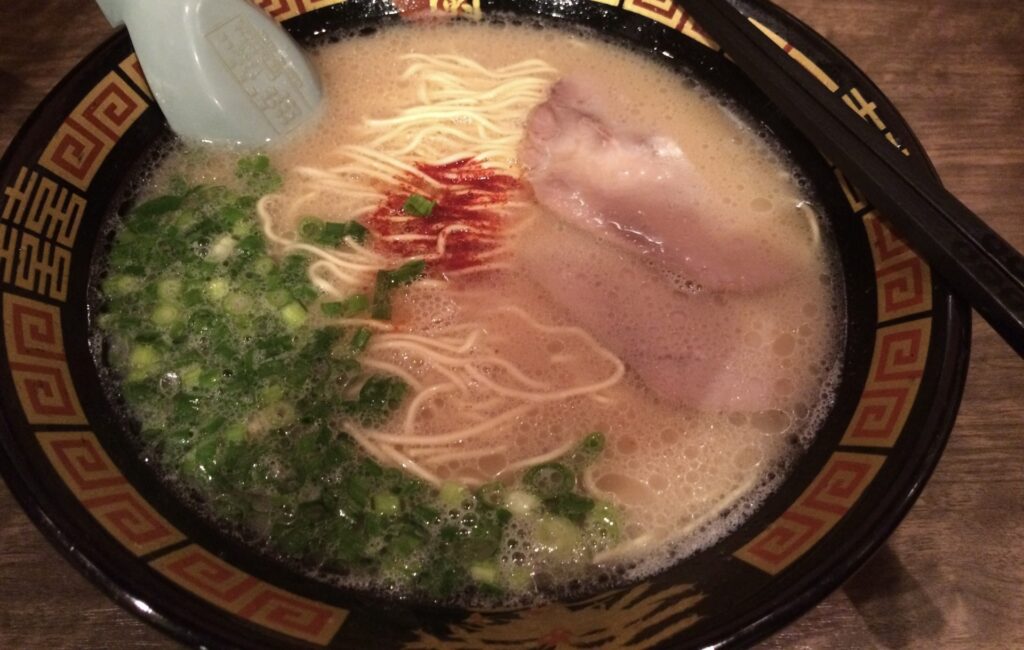
For those abroad, chains like Ichiran and Ippudo are the gold standard for Hakata ramen. Located in major cities like New York, London, and Singapore, these restaurants deliver authentic tonkotsu ramen, often with slight variations to cater to local palates. They maintain the spirit of Hakata ramen, making it a global phenomenon.

